How SARS-CoV-2 evolution affects antibodies and vaccines
Jesse Bloom lab
Fred Hutch Cancer Research Center / HHMI
Slides at https://slides.com/jbloom/gs-retreat-2021
Only sometimes does virus evolution erode immunity
- Measles virus: Does not evolve to escape immunity. People infected at most once in their lives. Vaccine developed in 1960s still works today.
- Influenza virus: Evolves to escape immunity. People infected every ~5 years. Vaccine needs to be updated annually.
How will viral evolution impact immunity to SARS-CoV-2?
We can address this question by studying historical evolution of other human coronaviruses.
We chose CoV-229E, which causes common colds and has circulated in humans since at least 1960s.
Quantifying how viral evolution impacts neutralizing antibody immunity
old virus (e.g., 1984)
Quantifying how viral evolution impacts neutralizing antibody immunity
old virus (e.g., 1984)
extent of virus neutralization
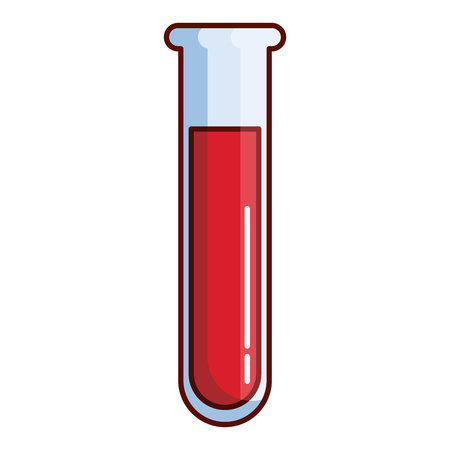
Measure how old serum neutralizes old virus
Quantifying how viral evolution impacts neutralizing antibody immunity
old virus (e.g., 1984)
extent of virus neutralization

Measure how old serum neutralizes newer virus
newer viruses
measles-like
influenza-like
Evolution of coronavirus 229E erodes human serum antibody neutralization
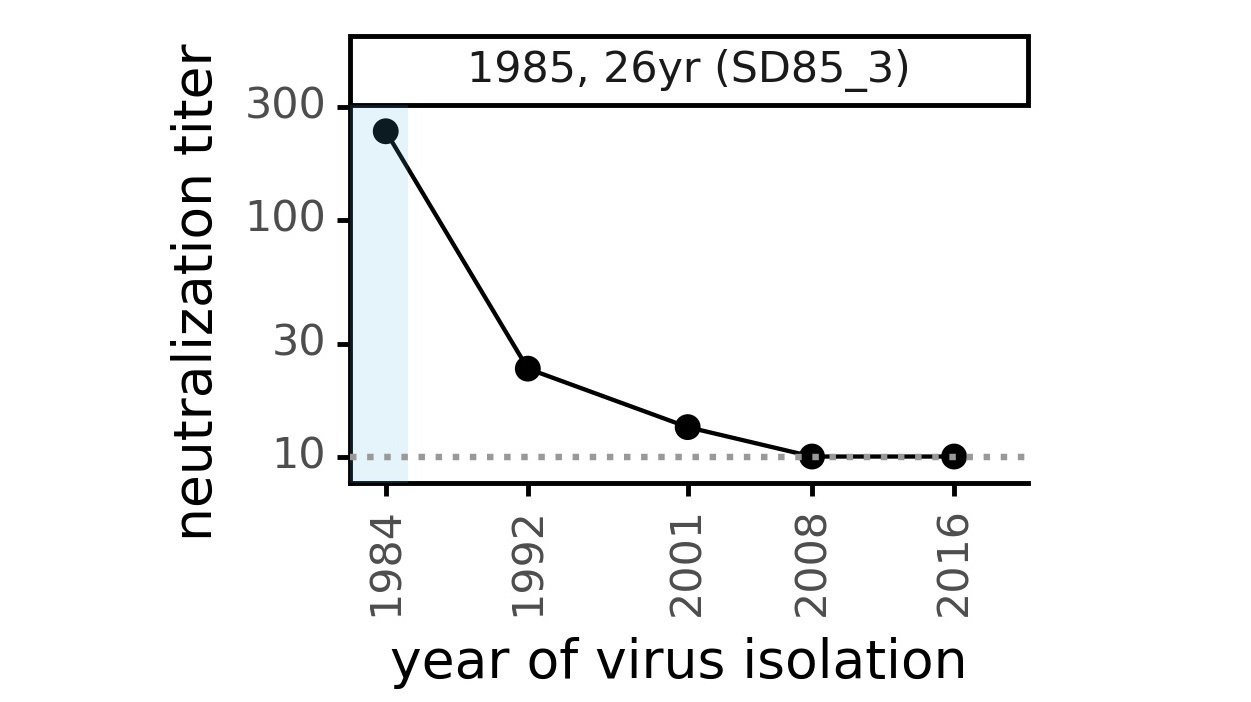
Reconstructing evolution of CoV-229E spike

We experimentally generated CoV-229E spikes at ~8 year intervals so we could study them in the lab:
- 1984
- 1992
- 2001
- 2008
- 2016
Coronavirus evolution erodes antibody immunity of people at different rates

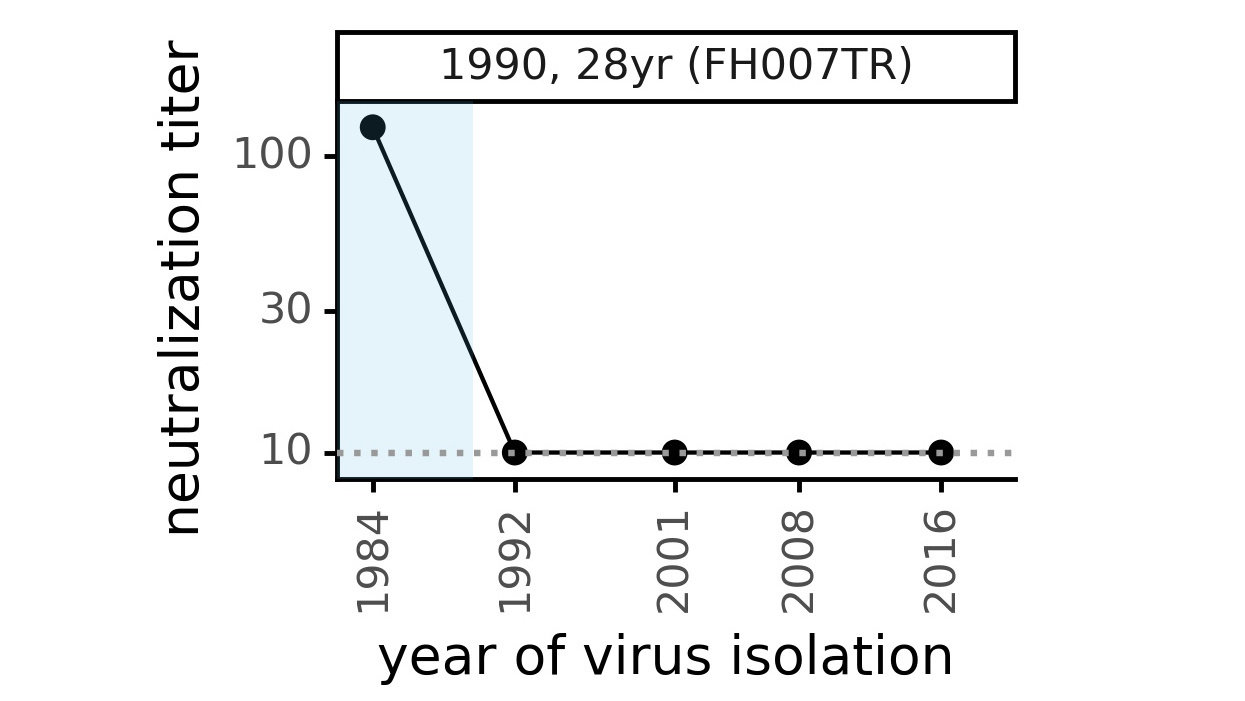
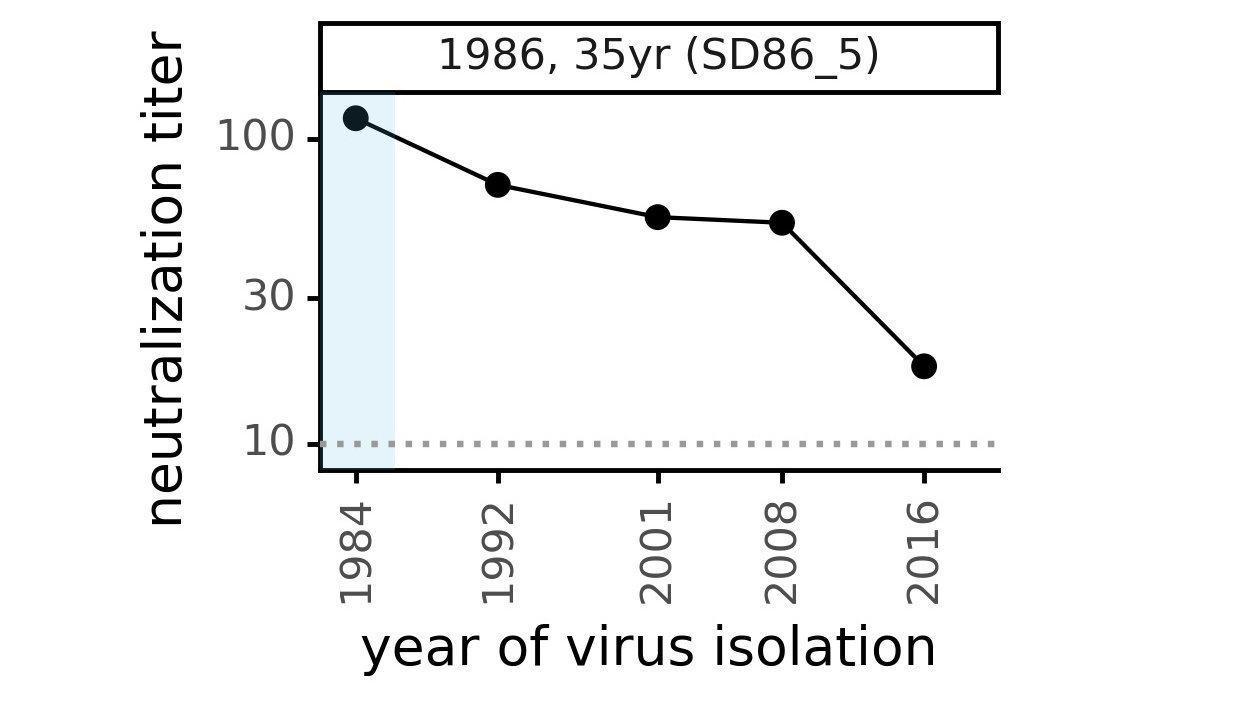
We are studying basis of these differences, as ideally vaccines would elicit more evolution-resistant sera as on the right.
Most mutations in RBD & NTD
Plot of sequence variability across CoV-229E spike taken from Eguia, ..., Bloom, PLoS Pathogens (2021) . See also Wong, ..., Rini, Nature Communications (2017) and Li, ..., Rini, eLife (2019) for detailed structural studies of evolution in receptor-binding loops.
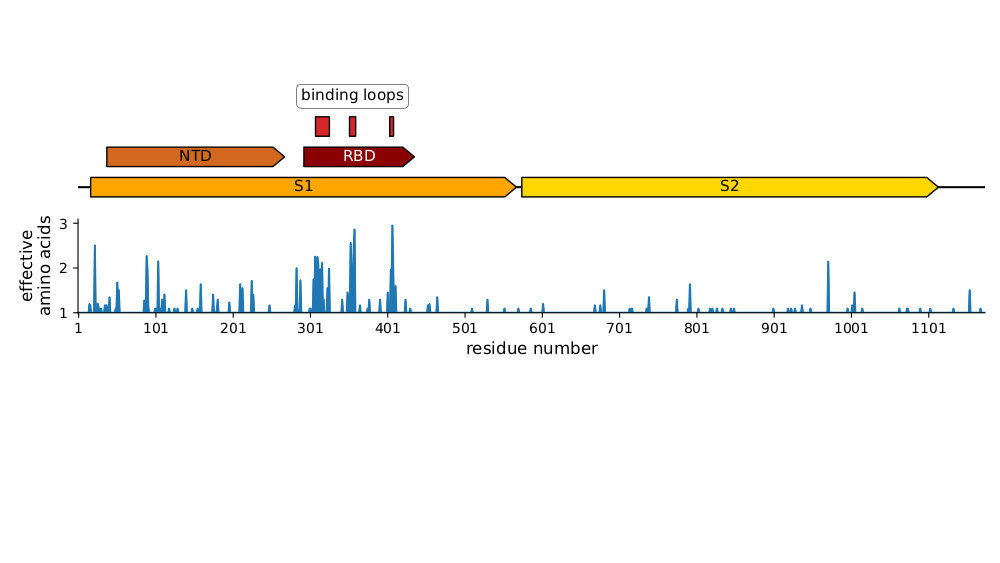
What specific SARS-CoV-2 mutations will affect antibody immunity?
To measure how mutations affect antibody binding, we yeast display SARS-CoV-2 RBD
RBD
fluorescently labeled antibody
yeast
fluorescent tag on RBD
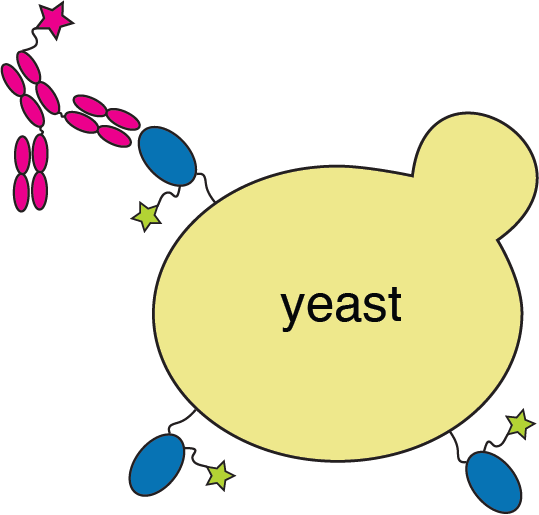
Library of yeast, each expressing different RBD mutant with identifying 16 nt barcode

Click here for details on how library is made.
We map escape mutations by sorting for RBD variants that don't bind antibody
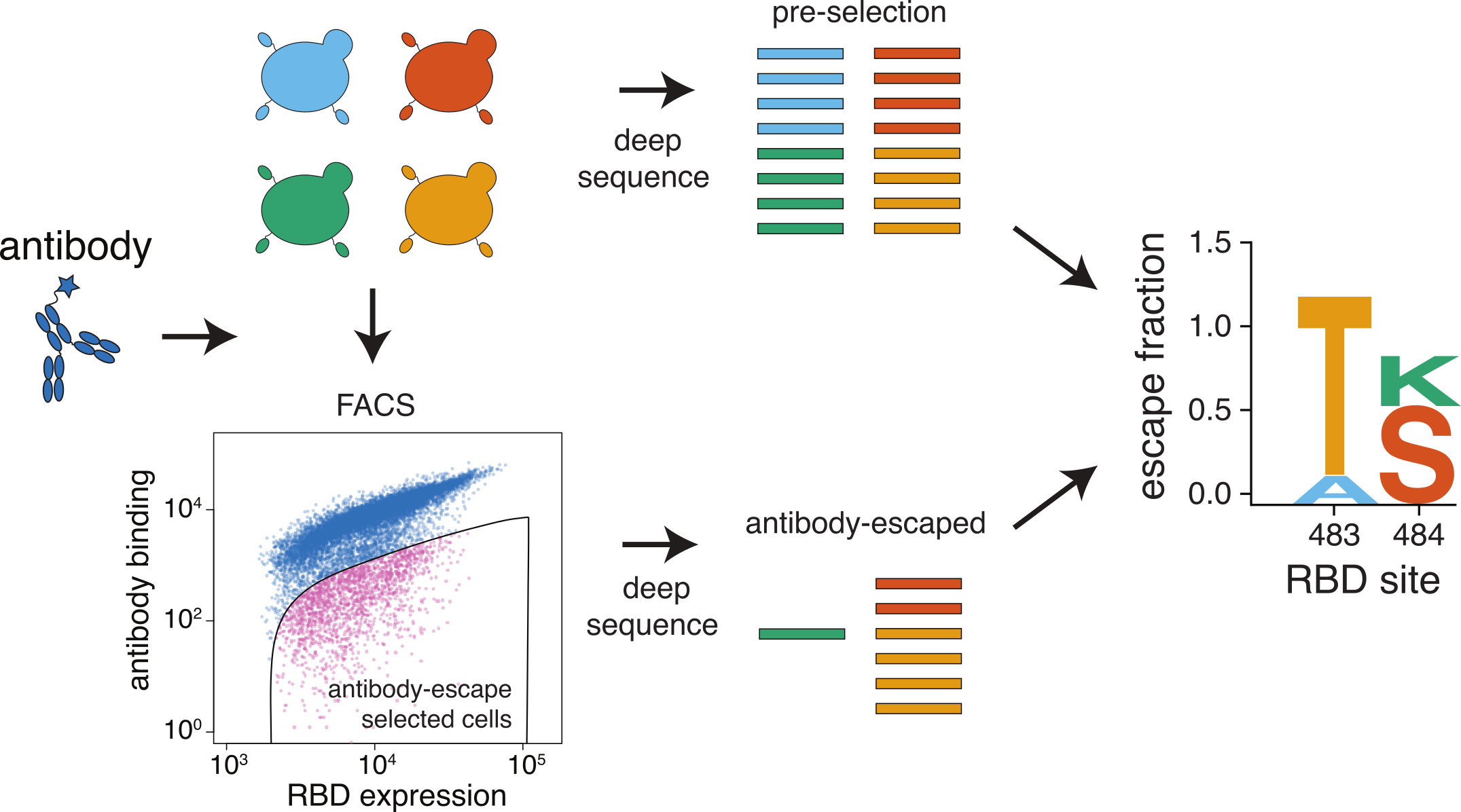
In maps, tall letters indicate strong escape mutations
Escape map from a single antibody
Escape maps from lots of antibodies

Crowe lab (Vanderbilt): James Crowe, Seth Zost, Pavlo Gilchuk
Chu lab (Univ Wash): Helen Chu, Caitlin Wolf
Veesler lab (Univ Wash): David Veesler, Alexandra Walls, Ale Tortorici
King lab (Univ Wash): Neil King, Dan Ellis
Li lab (Brigham & Women's): Jonathan Li, Manish Choudhary
Whelan lab (Wash U)
Boeckh lab (Fred Hutch): Terry Stevens-Ayers
Alex Greninger (Univ Wash)
Janet Englund (Seattle Children's)




These slides: https://slides.com/jbloom/gs-retreat-2021
-
Adam Dingens
-
Will Hannon
-
Amin Addetia
-
Keara Malone

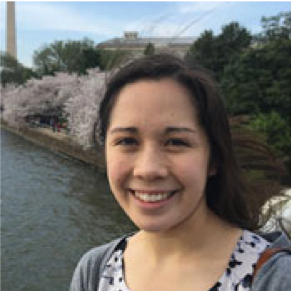
Tyler Starr
Allie Greaney
Rachel Eguia
Bloom lab (Fred Hutch)


Sarah Hilton
Kate Crawford
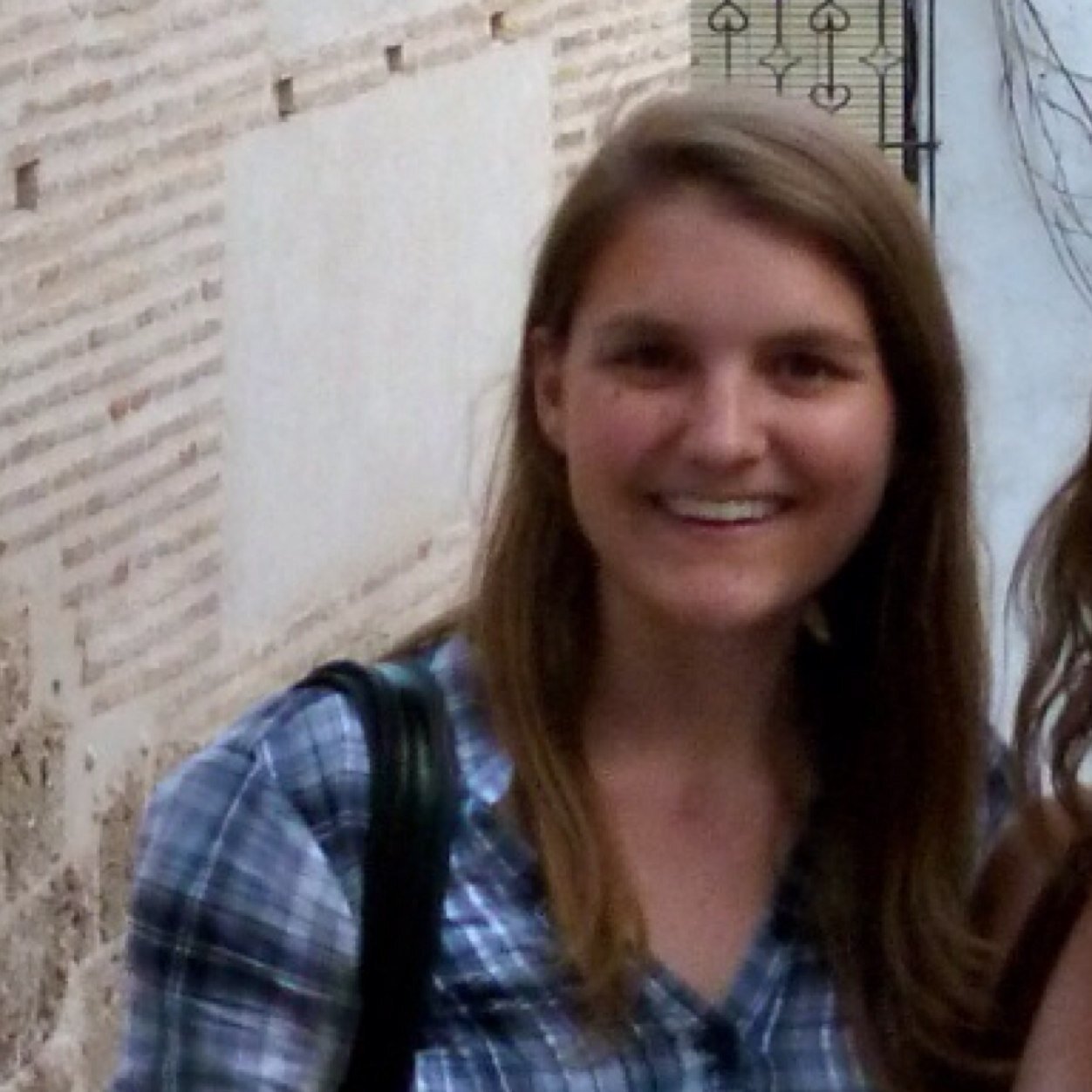

Andrea Loes